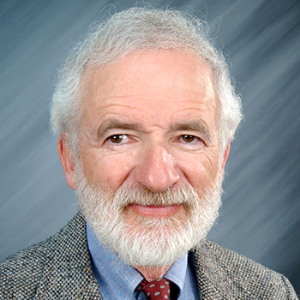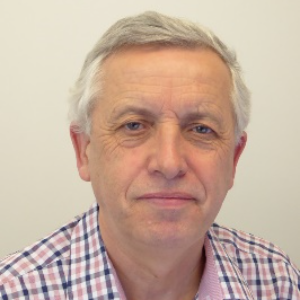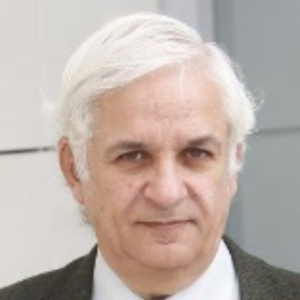Micro-emulsion Catalysis and Catalytic Cracking
The microemulsion method for synthesis of nanoparticles is a hot topic right now. Microemulsions have grown in importance both in basic research and in a variety of industrial applications since their discovery. Because of their special features, including ultralow interfacial tension, huge interfacial area, thermodynamic stability, and the ability to dissolve otherwise immiscible liquids. Microemulsions have a wide range of functions and applications in the chemical and biological sciences. Nanoparticles have essential technological uses, such as catalysts, high-performance ceramic materials, microelectronic devices, high-density magnetic recording, and medication delivery, in addition to being of basic scientific interest. The microemulsion technique appears to be a versatile preparation method that allows for the control of particle attributes such as particle size control mechanisms, geometry, morphology, homogeneity, and surface area.
Large hydrocarbon molecules are "cracked" into smaller, more valuable hydrocarbon molecules during the cracking process. The catalytic cracking process takes place in the presence of a catalyst, as the name suggests. The catalyst encourages the breakdown of big molecules in a specific way that maximises gasoline output. In the oil industry, catalytic cracking is a process in which petroleum vapour flows through a low-density catalyst bed, causing the heavier fractions to 'crack,' resulting in lighter, more valuable products.

Arthur J Nozik
University of Colorado, United States
Stanislaw Dzwigaj
Sorbonne-Universite-CNRS, France
Haibo Ge
Texas Tech University, United States
Ashanendu Mandal
University Of Calcutta, India
Victor Cerda
Sciware Systems, Spain
Tokeer Ahmad
Jamia Millia Islamia, India


Title : Application of metal Single-Site zeolite catalysts in catalysis
Stanislaw Dzwigaj, Sorbonne-Universite-CNRS, France
Title : Designing of nano-sized heterostructures for hydrogen production using overall water splitting
Tokeer Ahmad, Jamia Millia Islamia, India
Title : United Nations’ strategy responding to climate change
Dai Yeun Jeong, Asia Climate Change Education Center, Korea, Republic of
Title : Thermal and mechanical processes and reactions in reversible behavior of shape
Osman Adiguzel, Firat University, Turkey
Title : An innovative magnetic resonance spectroscopic method for catalysts’ activities
Mohamed A Morsy, King Fahd University of Petroleum & Minerals, Saudi Arabia
Title : Engineering stable, expressible, functional industrial enzymes with protein sequence likelihood models
Shawn Reeves, University Of Waterloo, Canada